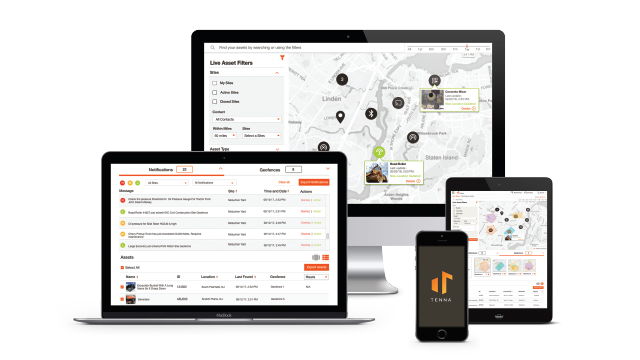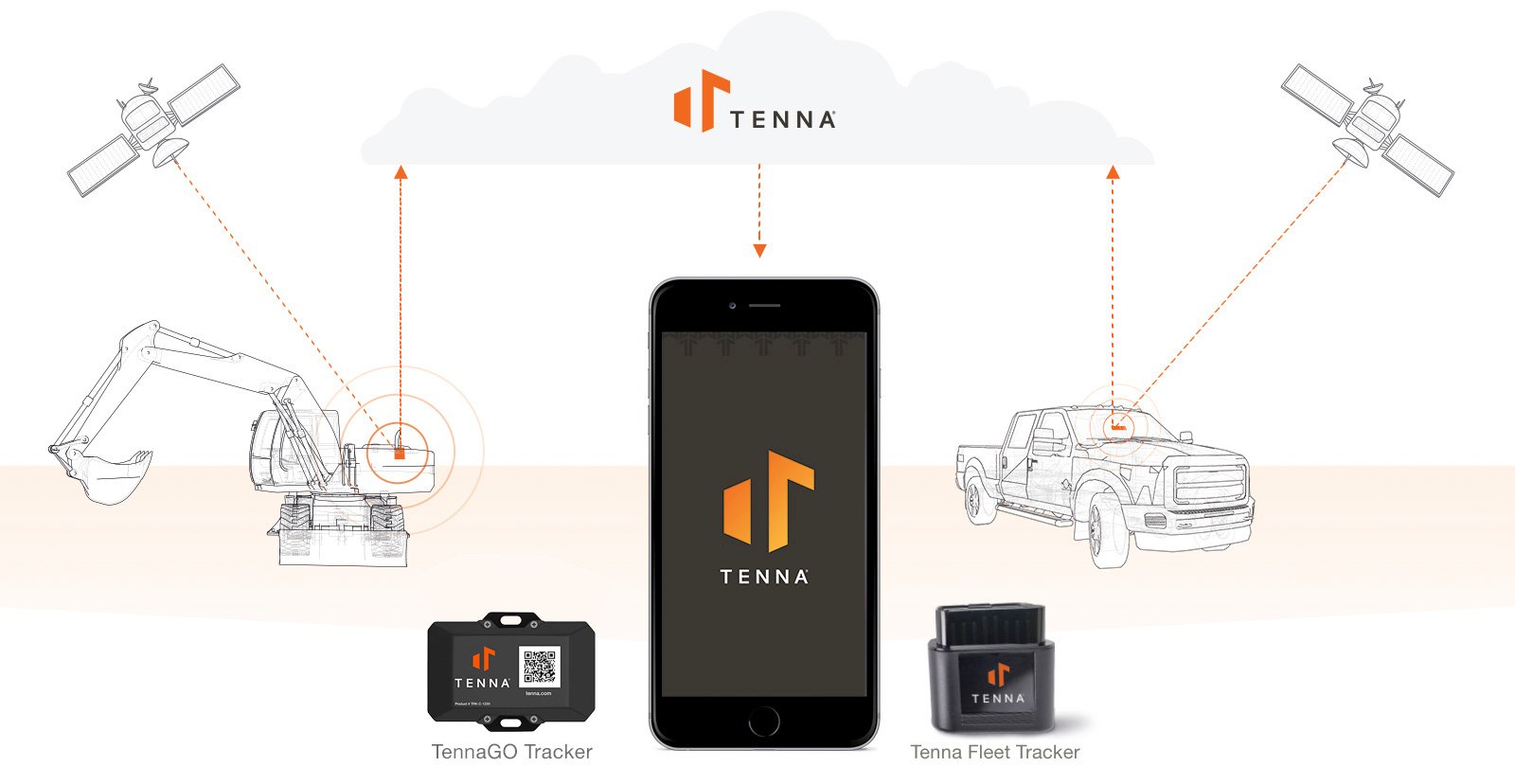
GPS tracking technology is so pervasive we rarely stop to think how it works. The Global Positioning System (GPS) is a fascinating system serving billions of users that took decades to form. Let’s take look at how GPS tracking works and how it fits for asset tracking and fleet management.
Satellites and Space-Time
So how does GPS provide precise location? It all starts with satellites. Currently there are 31 GPS satellites as part of the US system in a fixed orbit around the earth. They are setup in a way so that at least 4 of them have direct visibility from the ground at any point on the Earth, with most locations able to see many more. Each of these satellites has a very precise clock and the satellites transmit this clock signal with their identity to the ground.
A GPS receiver device – like the one in your phone – reads the signals from multiple satellites. Using some velocity and geometry calculations, the receiver can then compute its location. Depending on the number of satellites in view and atmospheric conditions, position can be determined within yards, and in some cases within less than a foot. In actuality there is a lot of complex engineering that makes this work accurately, including dealing with Einstein’s Theory of Relativity. Fortunately, users don’t need to be theoretical physicists to make use of GPS. The receiver does the hard math and satellite maintainers like the US Air Force constantly re-calibrate the system to ensure accuracy.
GPS as a location technology does not require the receiver device to transmit anything. The listen-only nature of GPS means these systems can be small and efficient. They don’t need power-hungry and expensive radio transmitters, meaning GPS is easy to embed.

GPS Tracking Data
The GPS receiver derives a wealth of data from these satellite signals. This data includes:
- Latitude - the north-south position of the reader on the globe
- Longitude – the east-west position of the reader on the globe
- Height – the elevation of the reader, usually shown as height above sea level
- Time – the receiver can use the GPS signals to provide an extremely accurate clock
- Speed – with multiple readings of the above timing data and location data, the receiver can calculate velocity
- Acceleration – Subsequent speed readings can provide an acceleration or deceleration
Map data
Meet me at “30 meters above latitude: 40.525494 and longitude: -74.391094”.
Humans don’t think in terms of GPS coordinates. We need a way to covert GPS locations to somewhere real – a city, street, or specific address – like 2045 Lincoln Hwy, Edison, NJ 08817, USA (Tenna HQ). This is where mapping software comes into play. Generating these maps is also a complex process supported by a whole industry. Mapping companies can interpret satellite images to identify roads and major landmarks. For even better accuracy, companies like Google, Microsoft, Apple, and others have specialized camera-mounted vehicle fleets that drive every road they can to feed detailed on-the-street data into their systems. You also help to keep these maps up to date. Every time you use GPS with something like Google Maps and travel onto a new or changed road, trail, or bike path, you let their systems know there is a new potential route there.
GPS for Asset Tracking and Fleet Management
Your phone has a screen, so it can load up mapping software and match the GPS coordinates to a real location. However, most telematics and fleet tracking devices do not have screens, so how do they work? Rather than rely on local mapping software, telematics devices send their data to the Internet where it can be read and analyzed by a telematics system. The ubiquity of cellular networks means it is possible to send data like GPS coordinates in the vast majority of the US. Once this data is transmitted to an online platform, these items can be shown on a map along with other associated information such as asset details.

GPS Tracking at Tenna
GPS is a critical part of asset and fleet tracking and is core component of Tenna’s products. The TennaGO Cellular tracker for heavy duty equipment takes periodic GPS readings and sends to Tenna’s Cloud software via a cellular network along with other asset data like engine hours. The Tenna Fleet Tracker works in a similar manner for fleet vehicles, providing regular GPS updates. GPS-based vehicle speed data can be used to help manage fuel costs and driver safety.
While Tenna’s QR Code and BLE Beacon trackers do not contain embedded GPS electronics, the Tenna mobile app will add and transmit the GPS location whenever one of these tags is read. Tenna’s Asset Tracking and Fleet Management software then lets you see the location of these items on a map, plan routes for your fleet, and quickly organize your assets.
More Satellites, Better Accuracy
That virtual pin on the computer map is the result of billions of dollars spent on satellite systems and mapping data, not to mention tracking applications. This investment is by no means over – the US Airforce plans to start deploying the third generation of GPS over the next decade and other nations are deploying their own systems. The use of GPS for tracking assets and vehicles is only going to get more common and more precise.
Book a Demo to Learn More about how to integrate Tenna’s reliable GPS tracking into your asset management system.
About Jose Cueva
As Chief Product Officer and Co-Founder, Jose applies his first-hand construction experience and knowledge to deliver innovative platform solutions to a growing number of companies. His involvement in both architecting construction-specific solutions and delivering them enables him to cross over functional roles.
